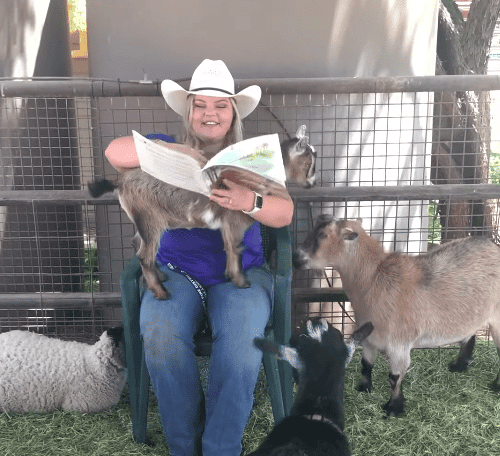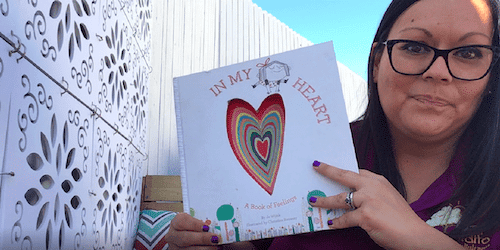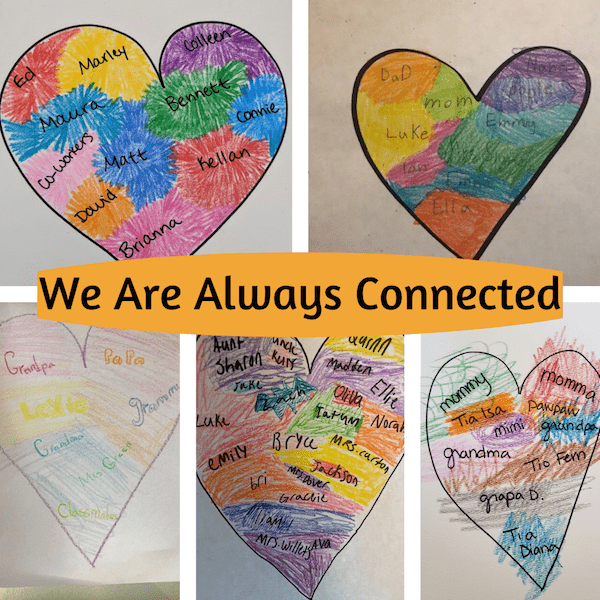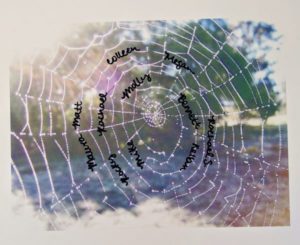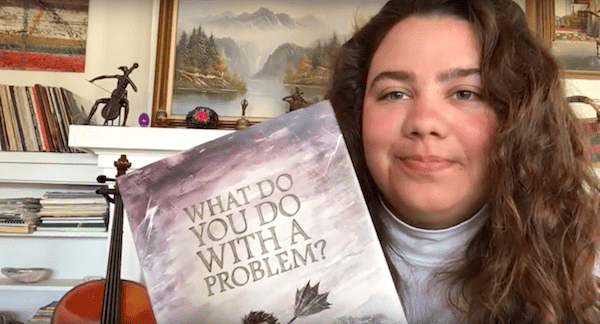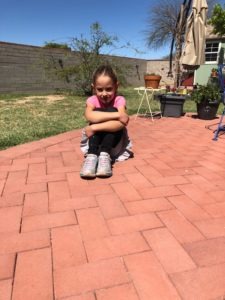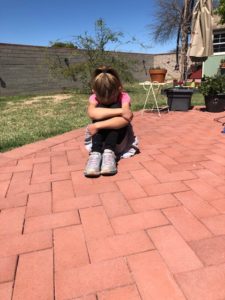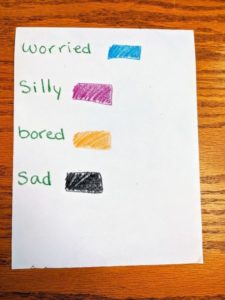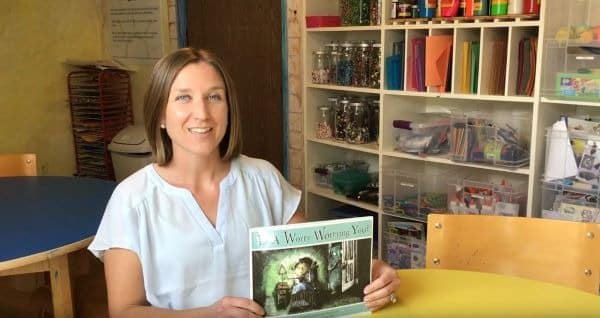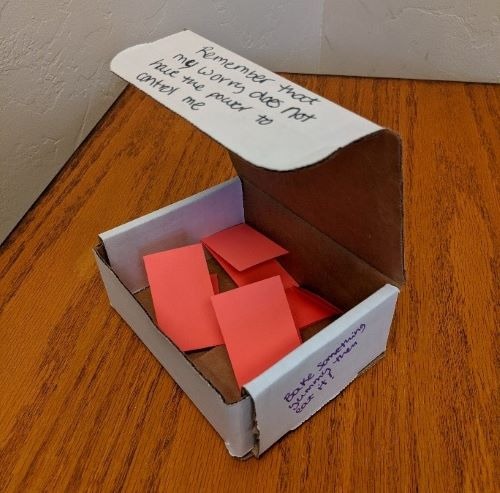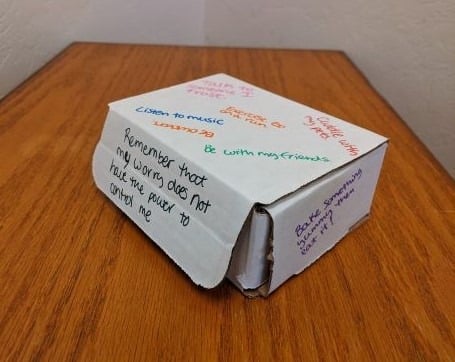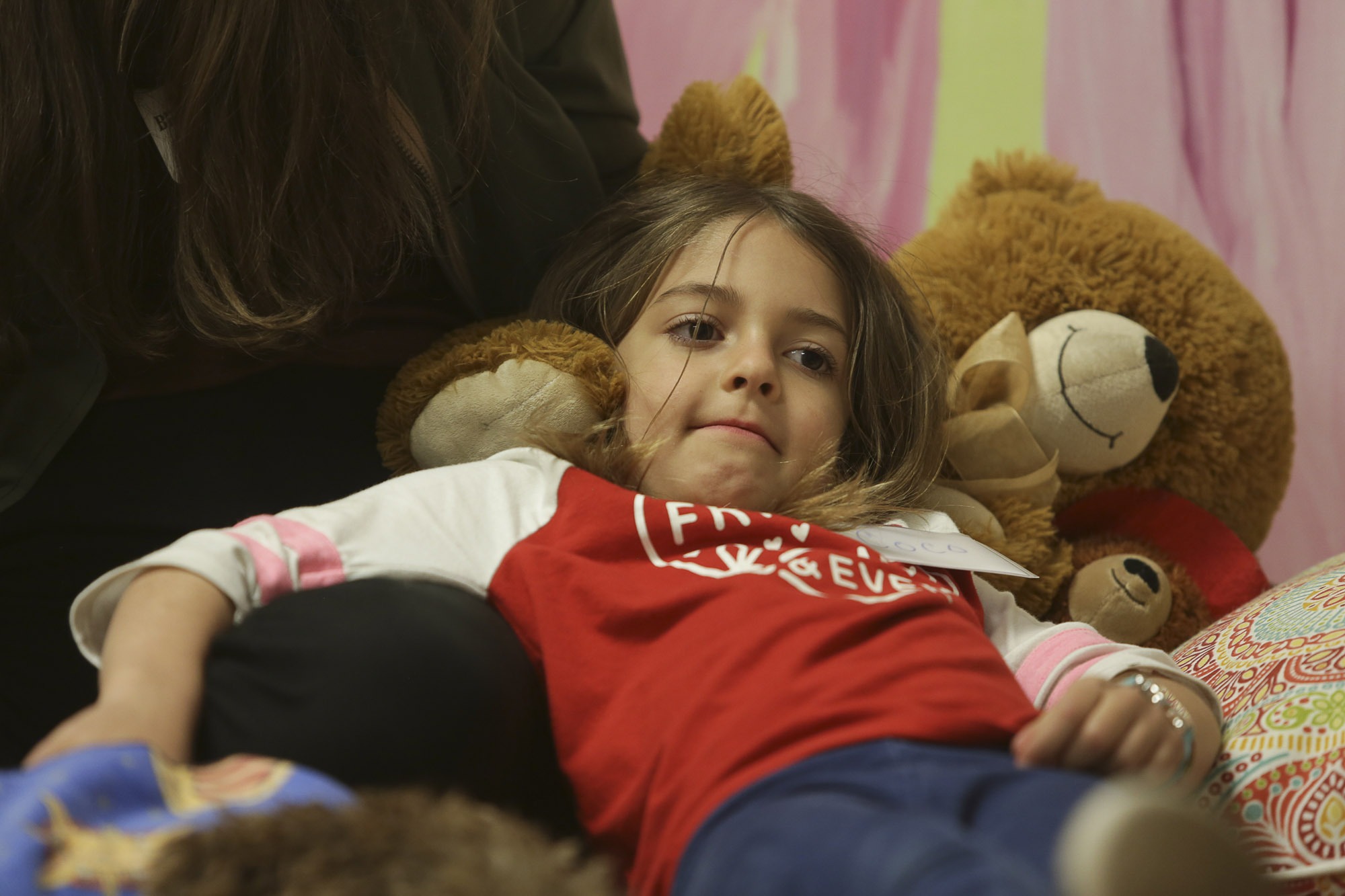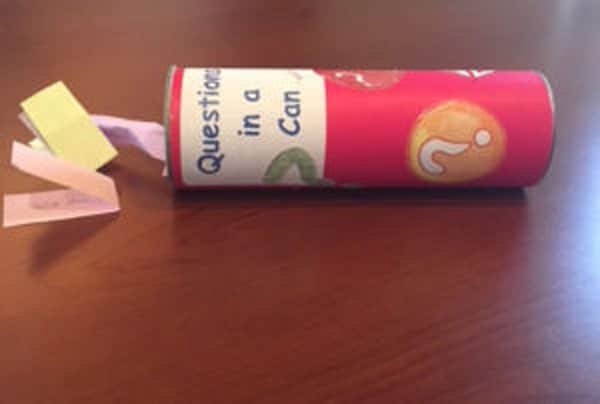"Little Beaver and the Echo"
Online curriculum for children and families impacted by grief
Theme: Supportive Loved Ones
When you are grieving a loss of health due to a serious medical condition or a loss of a loved one due to a death, surrounding yourself with loved ones who truly care and validate your feelings can feel very comforting. Right now, even though we can’t see many of our loved ones in person, we can still connect with them to receive the support we need.
Our friends at TRAK (Therapeutic Ranch for Animals and Kids) remind us that loved ones come in all forms. Animals can be some of the best friends we may ever have and they are great at bringing joy to our hearts. Follow along with Vanessa from TRAK as she reads Little Beaver and the Echo written by Amy MacDonald and illustrated by Sarah Fox-Davies. Thank you to Penguin Random House, the publisher of this story. Thank you, Vanessa and the TRAK team for introducing us to your goat friends!
We are still available by phone and email. Leave us a message and we will get back to you promptly.
(520) 322-9155 | [email protected]
Tema: Seres queridos
Cuando estas en duelo por la perdida de salud debido a una enfermedad seria o por la muerte de un ser amado, rodearte de seres queridos que realmente se preocupan y validan tus emociones se puede sentir muy confortante. En estos momentos, cuando no podemos ver a muchos de nuestros seres queridos, todavía podemos conectarnos con ellos para recibir el apoyo que necesitamos.
Nuestros amigos de TRAK (Rancho terapéutico para animales y niños) nos recuerdan que nuestros seres queridos vienen en todas formas. Los animales pueden ser nuestros mejores amigos y son fantásticos trayendo alegría a nuestros corazones. Sigue a Vanessa de TRAK mientras lee el libro Little Beaver and the Echo escrito por Amy MacDonald e ilustrado por Sarah Fox-Davies. Gracias a Penguin Random House, los editores de esta historia. ¡Gracias a Vanessa y TRAK por presentarnos a tus amigas cabras!
Si necesitas apoyo, estamos disponibles! Deja un mensaje y nos pondremos en contacto con usted.
520-322-9155 | [email protected].

